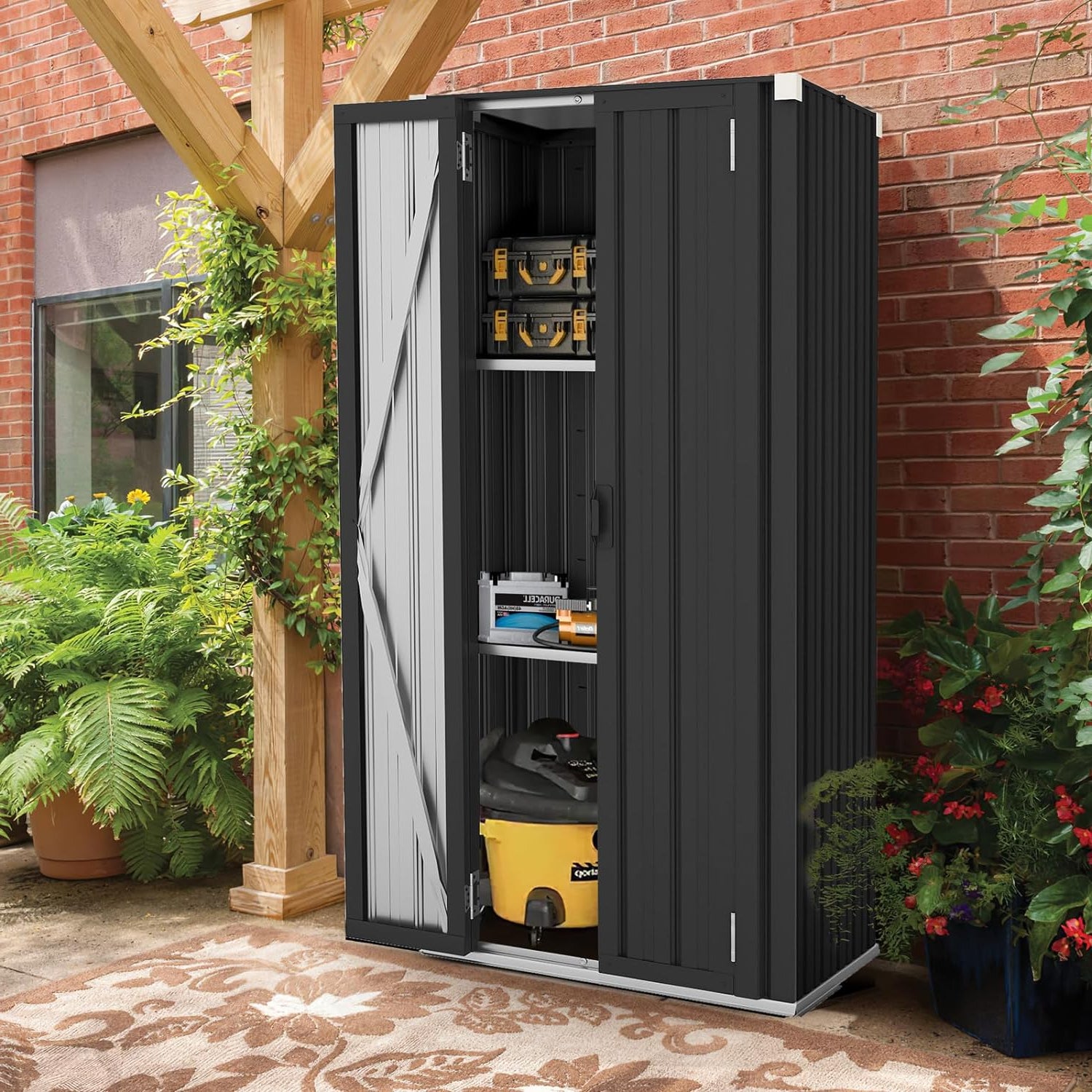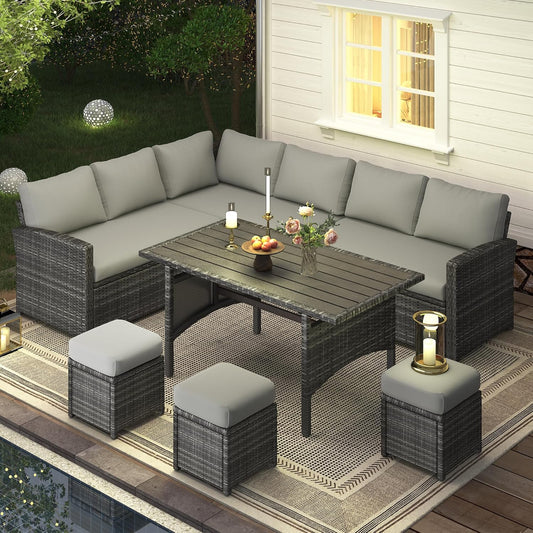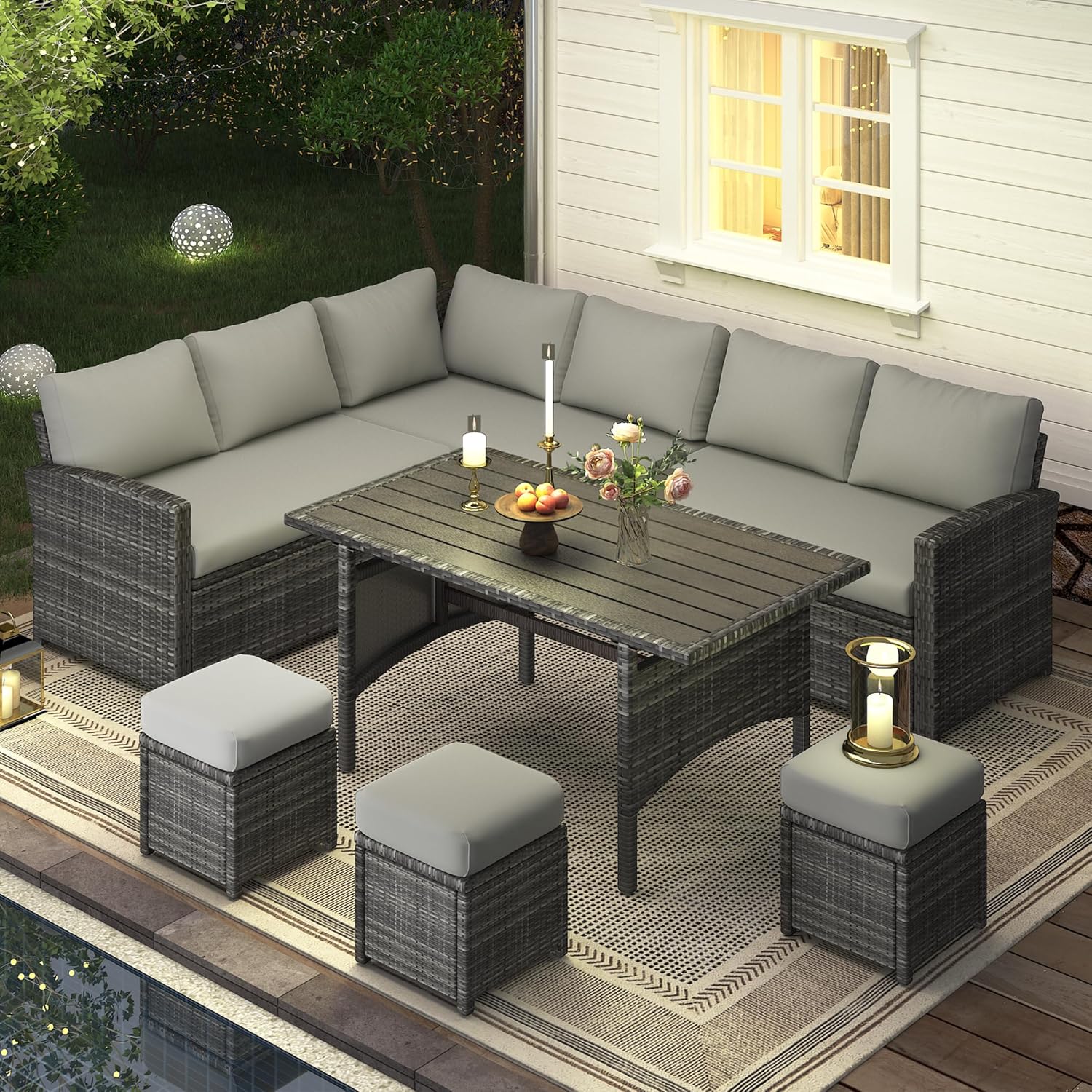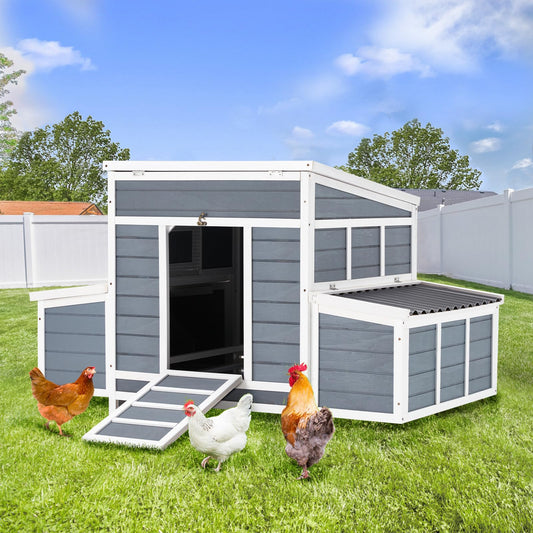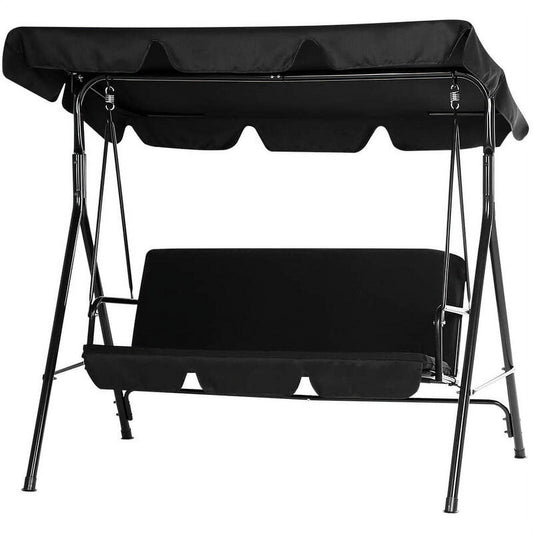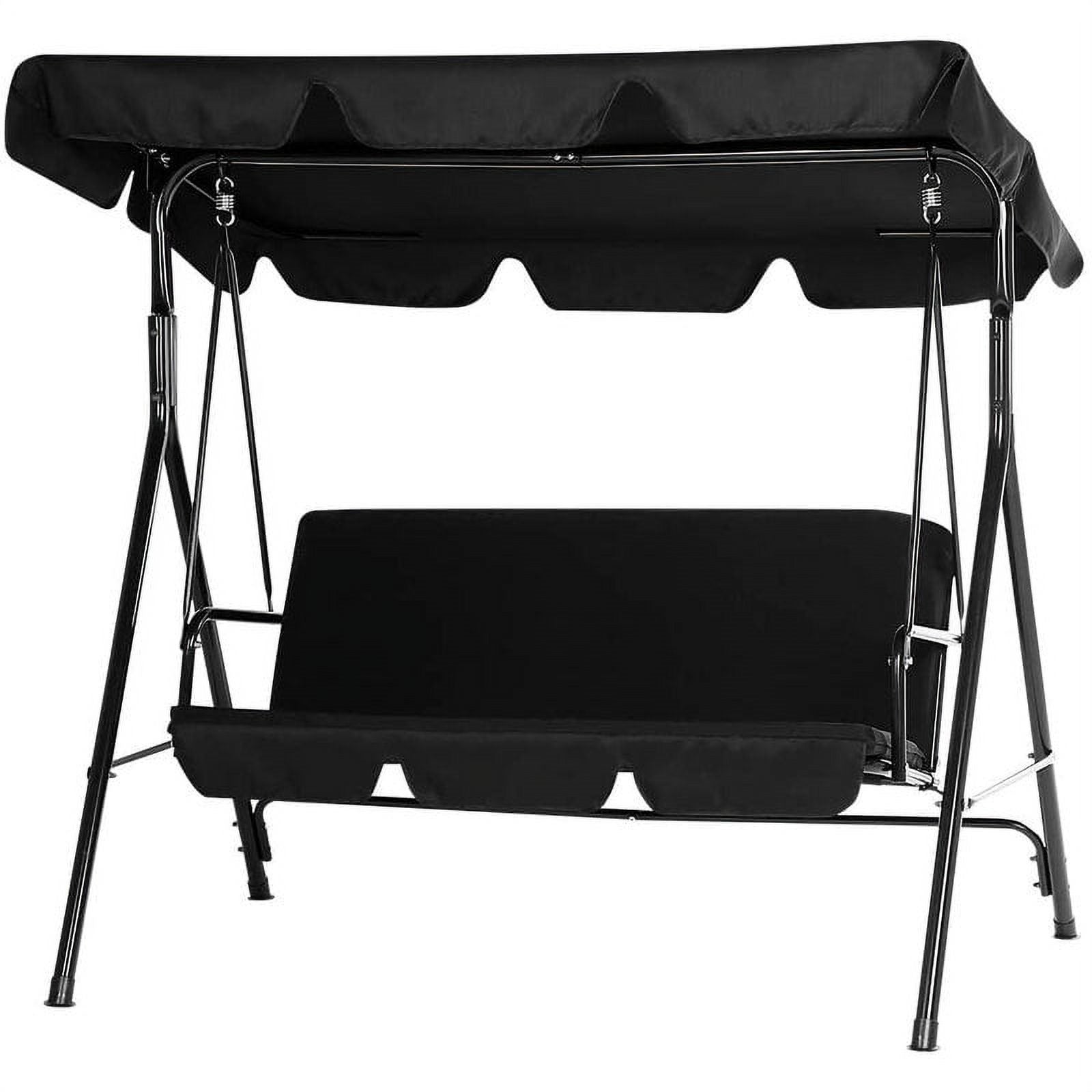1. Why Securing Your Grill Gazebo Matters
For business owners who offer outdoor grilling—like a backyard café, a park snack stand, or a resort BBQ area—a hardtop grill gazebo or outdoor grill gazebo is more than just a shelter. It’s where customers gather, and where you keep expensive grilling equipment safe. But here’s the risk: unsecure gazebos don’t stand a chance against wind.
I’ve seen a restaurant’s outdoor grill gazebo get flipped by a 35-mph gust—grills crashed to the ground, and the patio was closed for weeks while they fixed it. Another case: a community park’s hardtop grill gazebo (which they thought was sturdy) had its roof panels torn off in a storm, because they skipped anchoring it. These aren’t just repair headaches—they’re lost revenue, and even safety hazards for customers.
Wind doesn’t have to ruin your grill gazebo. A wind resistant gazebo (or a properly secured regular one) can handle gusts without damage. Whether you have a basic outdoor grill gazebo or a durable hardtop grill gazebo, knowing how to secure it means you won’t miss out on busy grilling days.
This guide starts with the basics: what a grill gazebo is, the different types you might use, and then dives into wind-securing tips. By the end, you’ll know exactly how to keep your hardtop grill gazebo or other grill gazebo stable—no more panicking when the wind picks up.
Let’s kick things off by breaking down what a grill gazebo is, and the types you’ll commonly find.
2. Understanding Grill Gazebos: Structure and Types
Before you learn to secure a grill gazebo, you need to know what you’re working with. Grill gazebos are designed specifically to cover outdoor grills—they have features that regular gazebos don’t (like heat-resistant materials). Let’s break this down into simple parts.
2.1 What is a Grill Gazebo?
A grill gazebo is a shelter built to protect outdoor grills from weather (rain, sun, wind) while giving space for cooking and seating. Unlike regular gazebos, it’s sized to fit grills (small ones for compact grills, large ones for commercial setups) and often uses heat-resistant materials to avoid fire risks.
For businesses, the most popular options are outdoor grill gazebo (basic, versatile) and hardtop grill gazebo (durable, wind-resistant). A hardtop grill gazebo has a solid roof (usually metal or concrete) instead of fabric, which makes it better at handling wind—this is why many coastal or windy-area businesses choose it.
Think of it this way: A food truck’s small outdoor grill gazebo lets them serve grilled food in parking lots, while a resort’s hardtop grill gazebo handles heavy use and stormy weather all year. Both need securing, but their structure affects how you do it.
2.2 Materials and Types of Grill Gazebos
Grill gazebos come in three main materials, each with pros and cons—especially when it comes to wind resistance. Here’s a quick breakdown to help you identify what you have (or what to buy):
|
Material Type |
Key Features |
Wind Resistance (Without Securing) |
Best For |
Example Use Case |
|
Metal Grill Gazebo |
Sturdy frame (aluminum/steel); heat-resistant; often has hardtop |
Good (heavy, less likely to blow over) |
Windy areas; commercial use |
A café’s hardtop grill gazebo (metal frame + hardtop roof) |
|
Wooden Grill Gazebo |
Natural look; solid frame; needs regular sealing |
Moderate (heavy but can rot if wet) |
Rustic-themed spots (farms, cabins) |
A pumpkin patch’s outdoor grill gazebo (wood frame + fabric roof) |
|
Plastic Grill Gazebo |
Lightweight; easy to assemble; low maintenance |
Poor (light, can blow away easily) |
Dry, low-wind areas; temporary use |
A pop-up market’s small outdoor grill gazebo |
2.3 Hardtop vs. Fabric Roofs
When it comes to wind resistance, the roof of your grill gazebo makes all the difference. The two main choices—hardtop and fabric—each come with unique pros and cons.
Hardtop Roofs
Hardtop grill gazebos typically feature metal, stone, or composite roofs. Their weight gives them a clear advantage in windy conditions: instead of flapping or lifting, they stay put and protect the grill area below. A coastal café reported that its hardtop gazebo withstood a 40-mph storm without shifting, keeping both staff and equipment safe. The trade-off is that hardtops are heavier, so you’ll need a strong frame and proper anchors to support them.
Fabric Roofs
Fabric roofs, usually made of polyester or canvas, are more common in basic outdoor grill gazebo models. They’re affordable and easy to install, but they act like sails in windy weather—catching gusts and pulling the frame. In fact, even a 25-mph breeze has been known to bend or flip fabric-roof gazebos. To keep them secure, you’ll need sandbags, anchors, or sidewalls designed for wind resistance.
For more insights on choosing between fabric and hardtop roofs, this guide on outdoor gazebo materials explains how different roof types perform in real-world conditions.

3. The Importance of Stability and Safety
For business owners with a hardtop grill gazebo or outdoor grill gazebo, stability isn’t just about protecting the structure—it’s about keeping customers, employees, and equipment safe.
Unstable grill gazebos are major hazards. A wind resistant gazebo that’s not secured can have loose parts fly off in gusts—last year, a café’s outdoor grill gazebo had a fabric roof panel tear off, narrowly missing a customer. Even sturdy-looking hardtop grill gazebo models risk tipping if not anchored: a resort’s metal hardtop gazebo shifted 2 feet in a storm, crashing into a nearby table and damaging the grill inside.
Beyond safety, stability saves money. A flipped or damaged outdoor grill gazebo means closing your grilling area—one park lost $2,000 in weekly revenue while repairing their unanchored hardtop grill gazebo. And replacing broken grills or gazebo parts costs far more than taking time to secure it upfront.
Stability also keeps your business reputation intact. Customers won’t trust a spot where outdoor areas feel unsafe—they’ll choose competitors with secure, reliable grill gazebos instead. Whether you have a high wind rated gazebo or a standard model, making stability a priority keeps everyone happy and your business running smoothly.
4. Basic Safety Measures for Securing Your Gazebo
You don’t need fancy tools to secure your grill gazebo—these simple steps work for any type, from a small outdoor grill gazebo to a heavy hardtop grill gazebo.
4.1 Choose a Stable, Level Location
Start before installation: Pick a spot with flat, firm ground (no slopes or soft mud). A sloped area makes even a wind resistant gazebo more likely to tip—last summer, a food truck set up their outdoor grill gazebo on a slight hill, and a 30-mph wind pushed it sideways.
Avoid areas near trees or power lines too—falling branches can damage the gazebo, and wind whips faster through open spaces without obstacles. A flat patch of concrete or compacted gravel is ideal for hardtop grill gazebo models (they need solid support) and works well for fabric-roof ones too.
4.2 Anchor the Gazebo
Anchors are non-negotiable—they keep the gazebo rooted to the ground. The type of anchor depends on your gazebo and ground:
For grass/dirt: Use spiral anchors (twist them into the ground) or auger anchors. A hardtop grill gazebo needs 4 heavy-duty anchors (one per corner) to hold its weight—secure the frame to the anchors with thick straps.
For concrete: Use bolt-down anchors (drill into the concrete, then attach the gazebo frame). A café with a concrete patio used these for their outdoor grill gazebo, and it stayed put through a 45-mph storm.
Even a high wind rated gazebo needs anchors—“wind rated” means it’s built to resist gusts, not that it can float without securing.

4.3 Regular Frame Checks
Wind can loosen screws or bolts over time—check the gazebo frame every 2 weeks (more often in windy seasons). Tighten any loose parts with a wrench: a hardtop grill gazebo’s metal frame can wiggle screws loose, while a wooden one may have bolts that shift as the wood expands or contracts.
If you see rust on metal frames (common with metal grill gazebo models) or cracks in wooden ones, fix them right away. Rust weakens the frame, making it easier for wind to bend or break—replace rusted parts instead of trying to patch them.
4.4 Use Weights if Needed
For lightweight outdoor grill gazebo (like plastic or small fabric models), add weights to the corners for extra stability. Sandbags (filled with dry sand) or water weights work well—drape them over the gazebo’s corner posts, or attach them to the frame with hooks.
A pop-up market’s plastic outdoor grill gazebo uses 20-lb sandbags on each corner—they’ve never had issues with wind, even on breezy days. Just make sure weights are heat-resistant (keep them 2 feet away from the grill) to avoid melting or fire risks.
These basic steps lay the groundwork for a wind-safe grill gazebo. Next, we’ll dive deeper into wind resistance strategies—like picking the right gazebo type and adding extra protections for stormy days.
5. Wind Resistance Strategies
Basic securing works for mild winds, but for stormy or windy areas, use these tricks to make your grill gazebo a true wind resistant gazebo—they work for both hardtop grill gazebo and outdoor grill gazebo models.
Start with the right gazebo if you’re buying new: Pick a high wind rated gazebo (thicker frames, reinforced corners) or a hardtop grill gazebo (solid roof doesn’t catch wind). A coastal café switched to a high wind rated gazebo (metal hardtop) and survived two tropical storms; a beach snack stand traded fabric for a metal hardtop and avoided all wind damage.
Add extra weight: Use 40–50 lb sandbags (metal hooks, not plastic) on hardtop grill gazebo corners, or 20–30 lb water weights for lighter outdoor grill gazebo (fabric/plastic). A park’s weighted fabric gazebo stayed put in 35-mph wind, while an unweighted one blew over.
Block wind with sidewalls: Attach wind-resistant canvas/vinyl sidewalls to your gazebo—tighten with Velcro or bungee cords, and tuck bottoms under weights. Loose sidewalls are worse than none (they catch wind like sails). A mountain resort added clear vinyl sidewalls to their hardtop grill gazebo—wind no longer whips through, and customers still see the view.
Check roofs and avoid extremes: Tighten loose panels on hardtop grill gazebo (one resort fixed a panel in 10 minutes, avoiding collapse) or patch fabric tears with heat-resistant tape. If winds top 50 mph, close the area— a ski lodge kept their outdoor grill gazebo open in 55-mph wind, bending the frame.
If you’re looking for a pre-built option that fits these wind-resistant needs, the YODOLLA 8'x5' outdoor pergola works well—it has a sturdy frame that holds up to gusts, and its open-top design balances airflow with wind protection. It’s sized right for patios too, so you won’t waste space while keeping your grilling area secure.

6. Grilling Safely Under a Gazebo
A wind-secure gazebo is good, but these steps prevent fire and smoke hazards while grilling.
Prioritize airflow: For hardtop grill gazebo, pick models with built-in roof vents (or hire a pro to add gaps). For fabric outdoor grill gazebo, leave one side open (wind-facing closed, opposite open) to let smoke escape— a café does this, and customers never complain about smoke.
Keep space and unblock flues: Leave 2–3 feet between grill and gazebo walls (a burger joint once had a small fire when embers hit a wooden frame too close). Never block grill exhaust flues— a BBQ spot covered theirs with a towel, filling the hardtop grill gazebo with smoke and evacuating customers.
Choose fire-safe materials: Hardtop grill gazebo (metal/stone roofs) are safest. For fabric ones, use fire-retardant fabric (a food stand’s stopped an ember from blazing). Avoid wooden gazebos near grills— if you have one, coat the frame with fire-resistant spray yearly.
7. Additional Tips for Enhanced Outdoor Cooking
These extra steps make your grill gazebo more useful and long-lasting, no extra hassle needed.
Use smart accessories: Wind guards block gusts from blowing out grill flames (a taco truck uses them under their hardtop grill gazebo, keeping cooking times steady). Heat-resistant mats protect floors, and LED lights let you grill after dark— a park added lights, boosting evening BBQ revenue by 30%.
Plan for growth and check seasonally: Modular gazebos let you expand as your business grows— a pizza place added to their outdoor grill gazebo for more seating and a second grill. Do seasonal checks: Replace cracked sandbags/tighten anchors in spring, add extra weights/clear debris in fall. A resort found a rusted anchor last fall, replaced it, and kept their high wind rated gazebo stable all winter.
Personalize without risk: Add your logo to sidewalls or paint the frame your brand color— a brewery painted their hardtop grill gazebo with their logo, and it became a social media hit. Just use heat-resistant paint for hardtops or waterproof decals for fabric.
If you’re after a compact, multi-use option, the YODOLLA 6'x6' lean-to hardtop grill gazebo fits the bill—it works for small grilling spots and doubles as storage for bikes or tools, plus it stands up to 70 MPH winds and 7 inches of snow. Its semi-enclosed design blocks wind and rain too, making it easy to keep grilling or storing gear year-round.

8. Conclusion
Securing your hardtop grill gazebo or outdoor grill gazebo against wind isn’t just about protecting the structure—it’s about keeping your business running, customers safe, and avoiding costly headaches.
To recap the key steps: Start with the right setup—choose a high wind rated gazebo or hardtop grill gazebo if you’re in windy areas (they resist gusts better than fabric or plastic models). For any grill gazebo, anchor it firmly, add weights to corners, and use sidewalls to block wind—these simple moves turn a basic setup into a wind resistant gazebo.
Don’t forget grilling safety, too: Keep airflow steady (vents for hardtops, open sides for fabric), leave space between the grill and gazebo, and pick fire-resistant materials. A hardtop grill gazebo with metal or stone roofing is the safest bet here—it handles both wind and heat without risk.
And for long-term use: Add smart accessories (wind guards, LED lights) to boost functionality, do seasonal checks on anchors/weights, and personalize the gazebo to fit your brand—all while keeping it wind-secure.
Whether you’re running a beachside café with a hardtop grill gazebo or a park snack stand with an outdoor grill gazebo, these tips work. By prioritizing wind resistance and safety, you’ll keep your grilling area open, profitable, and safe for years—no more panicking when the wind picks up.
















